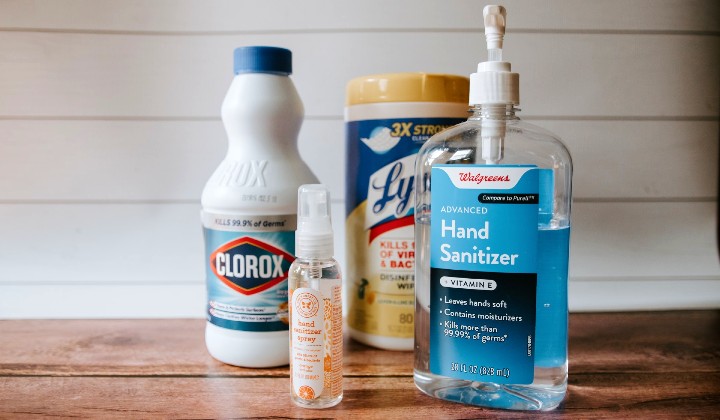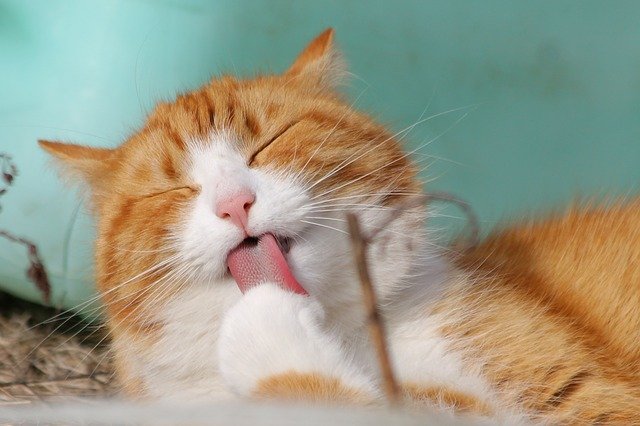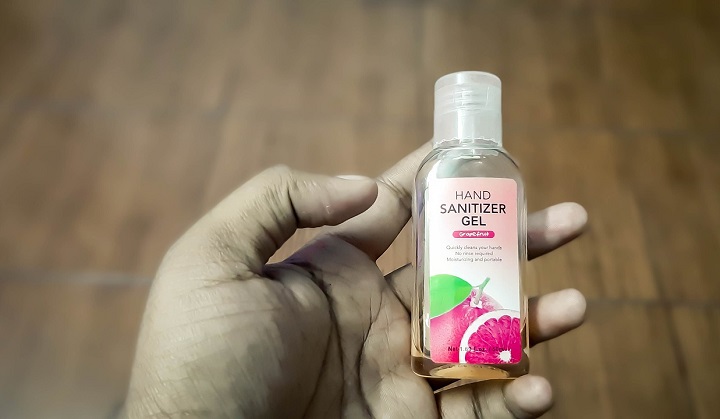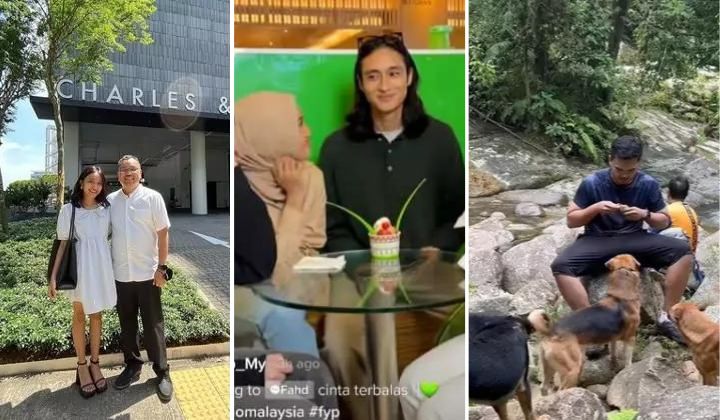Sanitizers & Disinfectants – Keeping Your Cat Safe From Covid & Toxins
These ingredients are all found in the disinfectants we use to clean our house

Subscribe to our Telegram channel for the latest stories and updates.
As many diligently endeavour to sanitise and disinfect their homes and belongings in the wake of the Covid-19 pandemic, pet owners should be aware of the poisonous effects some of these products could have on their beloved furbabies.
Cats, in particular, are susceptible to toxins found in common household disinfectants due to their small size.

(Credit: @kellysikkema/Unsplash)
Disinfectants cat owners should avoid
1. Benzalkonium chloride
Lots of household disinfectants, including antibacterial products, contain the cationic detergent benzalkonium chloride.
Cationic detergents are irritants and can cause adverse effects in cats that have accidentally ingested the chemical – either by licking treated surfaces or walking on them and later licking their paws.
Signs of benzalonium chloride poisoning include:
- Drooling
- Red, inflamed tongue with a painful mouth
- High body temperature
- Reduced appetite and/or drinking
- Redness and irritation of skin
- Breathing difficulties and coughing
Veterinary advice should be sought if you believe your cat has been exposed to the disinfectant, and you should wash the product off to prevent any more being ingested.

2. Chloroxylenol
The phenol chloroxylenol is dangerous for all animals but especially cats, because felines are unable to eliminate toxins following ingestion.
Chloroxylenol is the active ingredient found in antiseptic liquids (such as Dettol antiseptic liquid), and antibacterial soaps. It should never be used on cats at all.
3. Bleach
Bleach can be corrosive to skin, for example, if your cat walks across your kitchen counter while it’s still damp after you’ve wiped it down with diluted bleach solution.
It’s also harmful if ingested, and the harsh fumes can irritate your pet’s eyes and respiratory tract.
However, it’s not a hard No-No if proper steps are taken.
Use diluted bleach in a well-ventilated area and allow it to dry completely before letting your pets have access to freshly cleaned surfaces.
What may be safer to use is hydrogen peroxide (3%) as it is milder than bleach and generally safe to use around animals.
However, caution should be exercised and it should be used in a well-ventilated area and allowed to dry completely before allowing your cat anywhere near.
What if my cat/dog licks my hand after I’ve used hand sanitizer?

Most hand sanitizers and disinfecting sprays contain alcohol (ethanol or ethyl alcohol). Pets arent generally attracted to alcohols but it can be toxic if ingested in large amounts.
According to a report by Reuters, a “large ingestion” of hand sanitizer would be dangerous for a pet. However, it is not a hazard for pets if owners use it properly in normal amounts.
A medical expert to told the news agency that while hand santizers may cause discomfort or irritation of the nose or eyes in pets, licking the skin of someone who used hand sanitizer properly (in a reasonable amount) would not be considered a veterinary emergency.
So before you start using any disinfectant, make sure to check the ingredients first!
Share your thoughts with us on TRP’s Facebook, Twitter, and Instagram.
She puts the pun in Punjabi. With a background in healthcare, lifestyle writing and memes, this lady's articles walk a fine line between pun-dai and pun-ishing.





